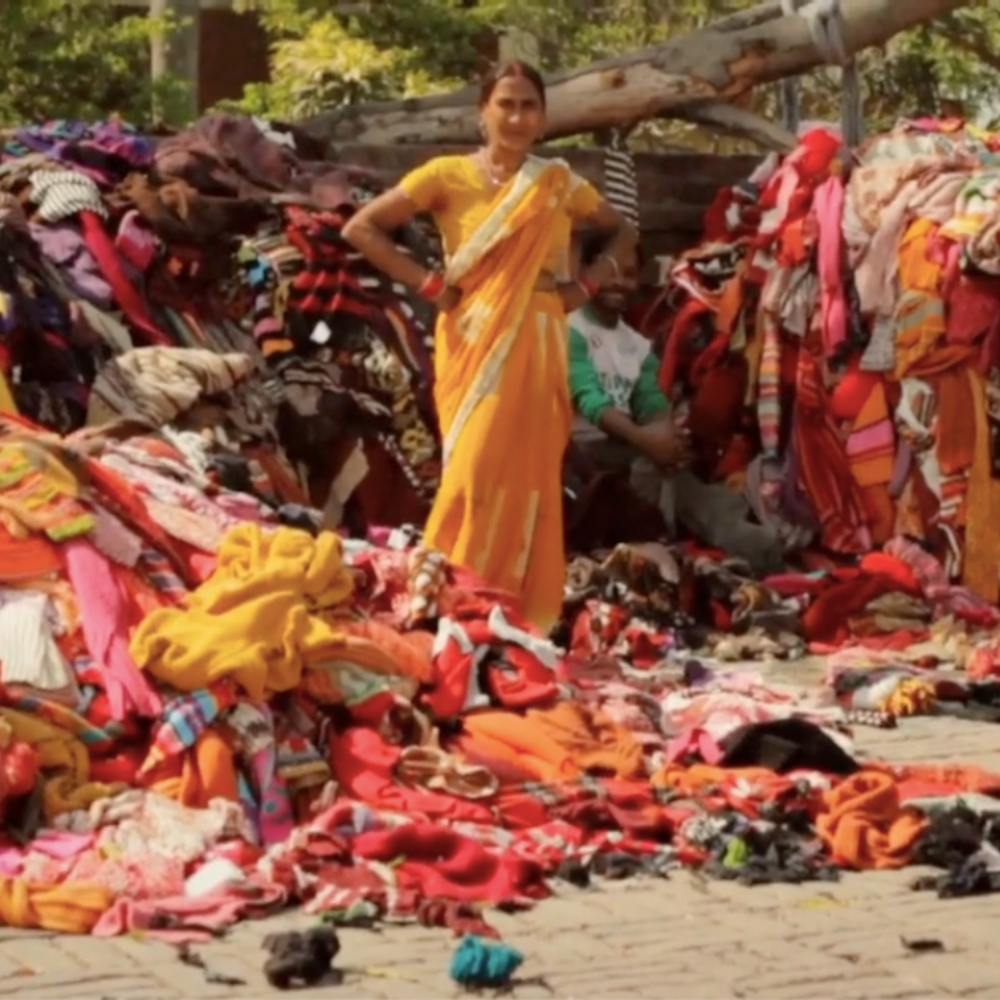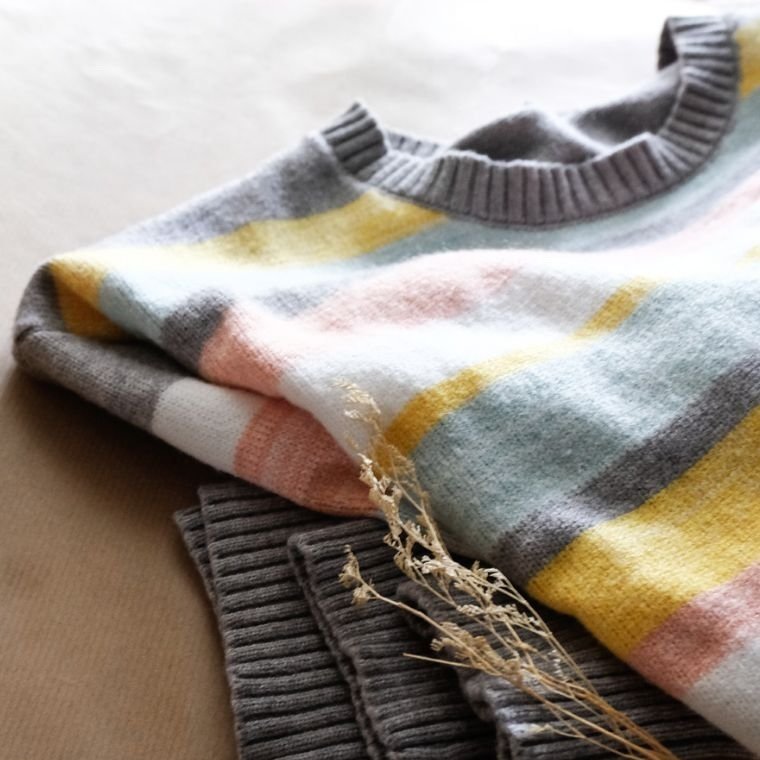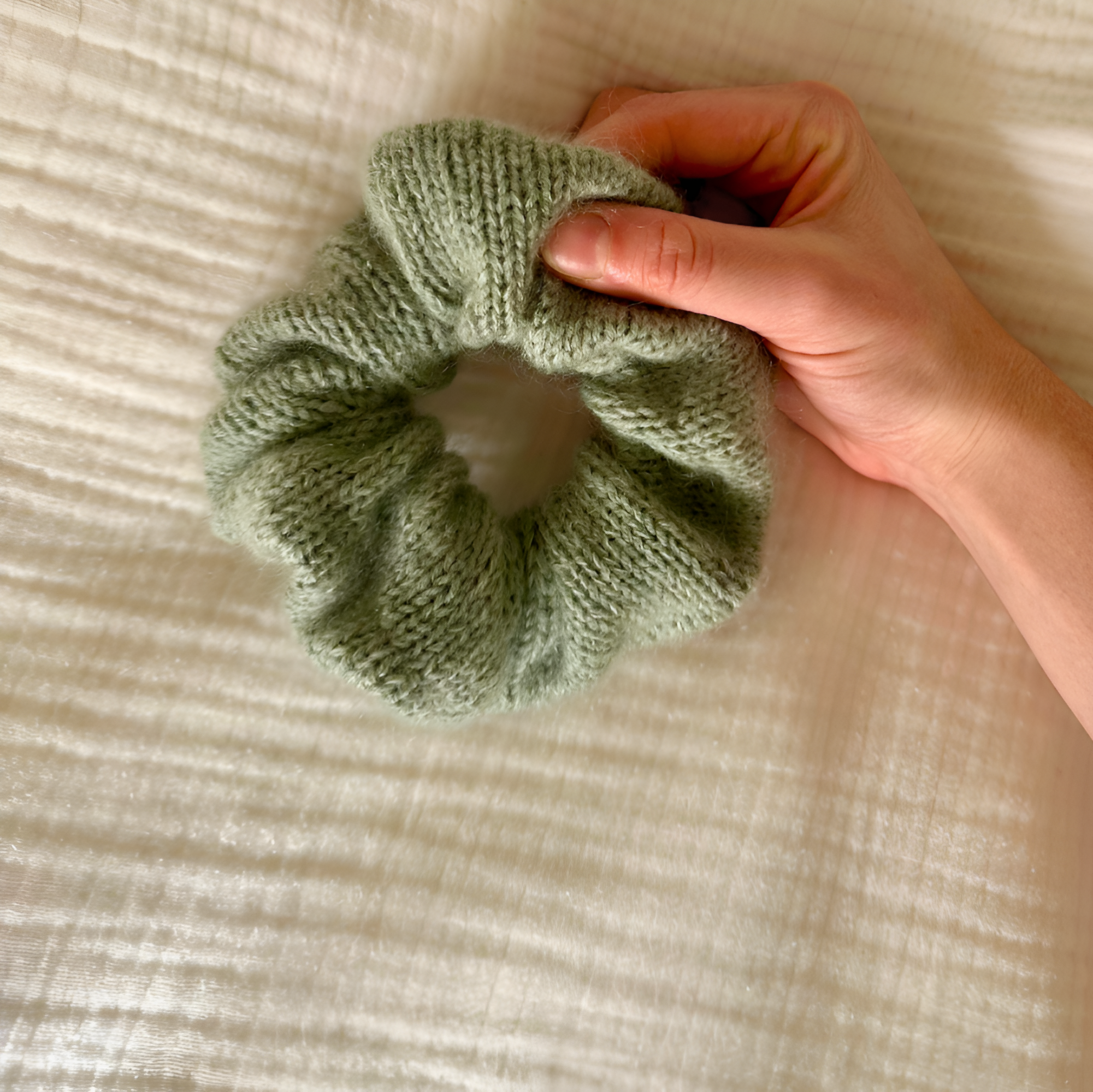There are lots of yarns today that are made up of recycled materials, which is a great way to repurpose waste. But have you ever wondered how yarn from recycled clothing is produced? The short 14-minute film “Unravel” shows us just one example of how discarded clothes can be reborn into new yarn, but the process isn’t as sunshine and rainbows as you might think. Keep reading to get a larger understanding of the production process, and watch the video yourself!
“Unravel": A Short Film
“Unravel” showcases how just one company goes about recycling garments. Please note that what is shown in the video and described in this post does not apply to the processes of all yarns made from recycled clothing, but it provides a window for us to see what the process might look like for other companies and factories.
I give a breakdown of the recycling process below, but I highly recommend watching the video. It gives such an intimate perspective of the people, mainly women, who work at the factories that are shown in the film. It is so interesting to hear why they believe so many clothes are discarded in the first place. (Spoiler alert: They heard rumors of a water shortage and that washing clothes is more expensive than just buying new ones.) And ultimately, the film illustrates the impact that overconsumption of clothing can have.
You can watch the 14-minute long film below.
The Process of Recycling Clothing into New Yarn
In the film, we are guided through the journey of clothing that is discarded in the United States and European countries all the way to how it is repurposed into yarn in India. The process goes something like this:
The garments are discarded by people in the United States and Europe. It is not clear in the film how these clothes were discarded. It is possible that they were simply discarded and sorted to be recycled, or they were obtained through a clothing recycling program.
The clothes travel across the ocean in shipping containers on large cargo ships and arrive in Kutch, Western India.
In Kutch, the clothes go through customs. They get slashed at the border so that no one steals them and wears them.
After the clothes are slashed, they are trucked over 700 miles to their next location, which is Panipat, India.
In Panipat, the workers remove any buttons and zippers from the clothes.
Next, they chop up the clothes further so that they can be fed through a series of machines that break the fibers down further and eventually spin the fibers back into yarn.
They then use this new-to-them yarn to weave blankets.
These blankets are then shipped back overseas to be sold.
So Is Yarn Made from Recycled Clothing Sustainable?
Watching this film made me consider how sustainable yarn made from recycled garments really is. And much like most things in the world of sustainability: it both is and isn’t sustainable. Let’s break it down a little. Yarn made from recycled materials is sustainable in that:
It reduces waste. The discarded garments would otherwise be sent to landfills. As it states at the end of the film, “Every year, 100,000 [tons] of discarded clothes travel from Western countries to be recycled in Panipat.” And I’m sure that there are other clothing recyclers out there that would account for even more garments being saved from landfills.
It doesn’t require as many resources to produce. Textile production typically requires a lot of resources, especially water. However, in the film, they don’t show any water being used to turn the recycled garments into yarn. This may not be true for every textile-recycling process, but it makes sense if recycled yarn requires fewer resources to produce because they are working with previously produced garments.
However, there are some cons here. This process can be considered unsustainable because:
It requires a lot of transportation. With the clothing first being shipped across the ocean, then trucked across India, and being shipped back across the ocean, a lot of resources are being used in this operation.
The working conditions are questionable. Sustainability doesn’t just look at environmental impacts, but at the impact on humans as well. In the video, it appears that young girls were working in these factories, and I also questioned how fairly the workers were being paid. To be fair, I don’t know background information on the company or companies involved or any context beyond what is shown in the film, but it left me questioning the working conditions. It's also important to note that the working conditions here don't necessarily apply to other factories that repurpose clothing into yarn, but it does show that it's a possibility.
While there are pros and cons, yarn made from recycled garments is still a more sustainable choice than new yarn, especially compared to yarns made from synthetic fibers. And like with many areas of sustainability, there isn’t necessarily a perfect answer. I truly believe that for individuals, sustainability ultimately comes down to what green practices we can realistically fit into our lives.
Learn more about the most and least sustainable yarns here!
Yarn made from recycled garments is an accessible way to add some sustainability to your knitting practice! But I also think it's important to consider the nuances of sustainable options. I hope that you found the film as interesting as I did and that it inspired you to ask some questions of your own.
(Please note that this post contains an affiliate link. If you make a purchase after clicking a link, I get some yarn money at no extra cost to you.)






